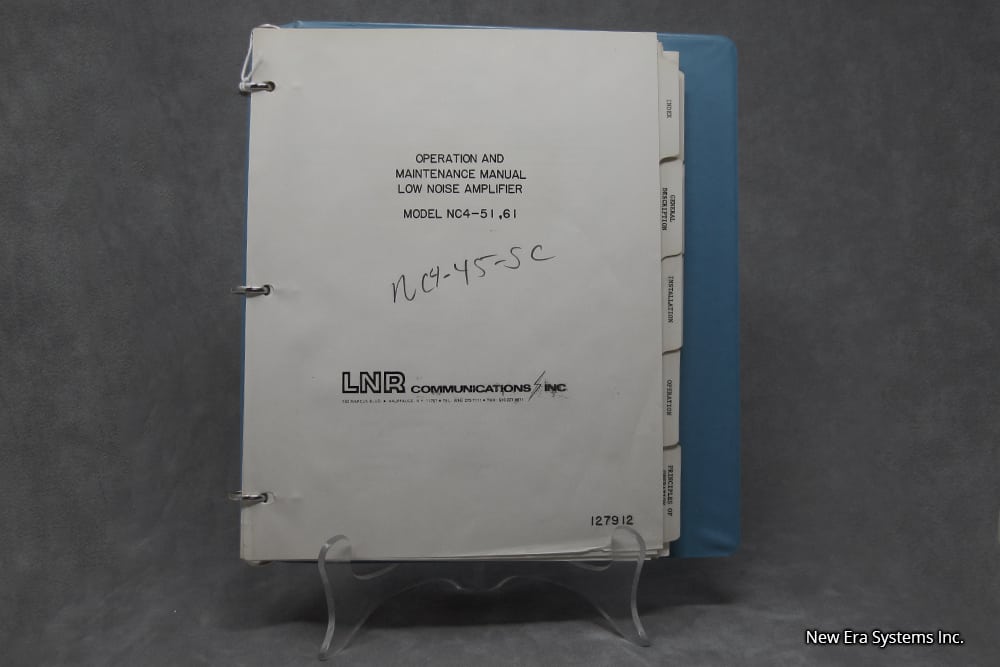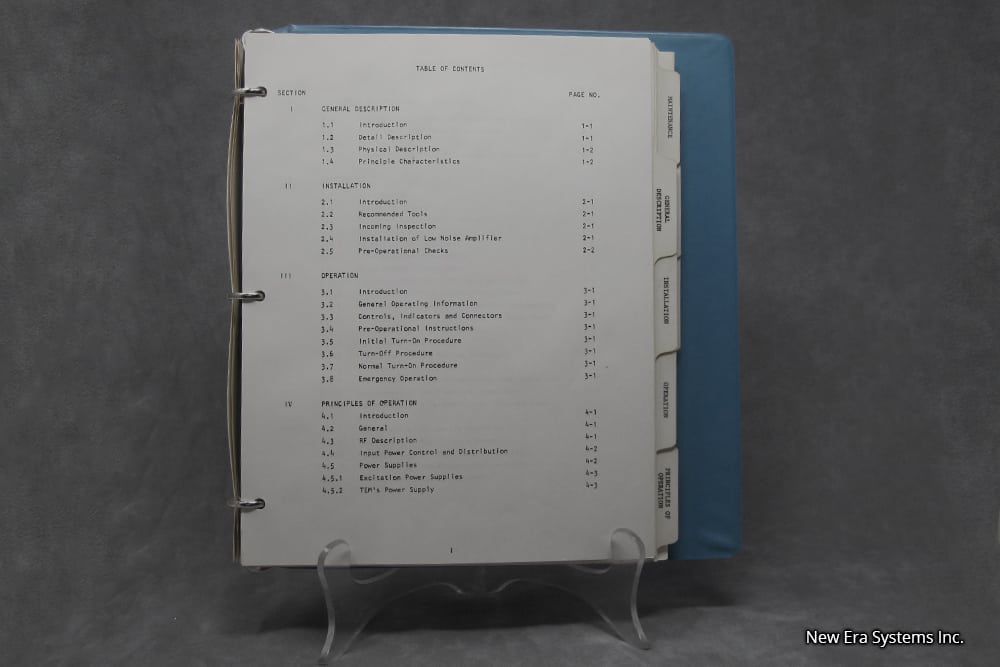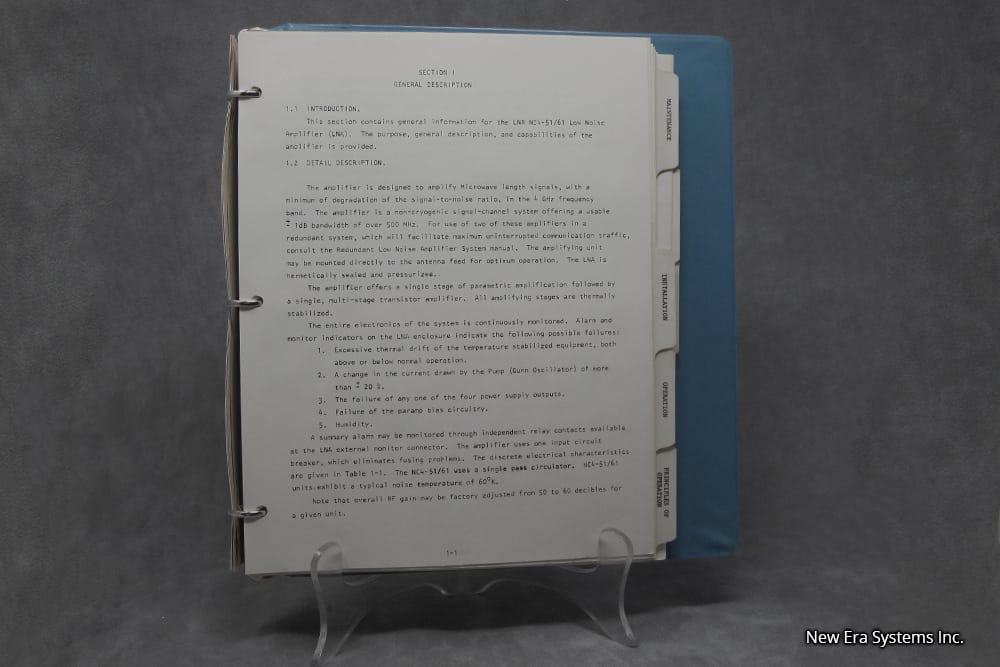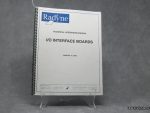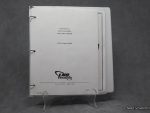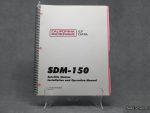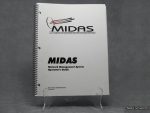Description
LNR Low Noise Amplifier Model NC4-51 Manual
This section contains general information for the LNR NC4-51/61 Low Noise Amplifier (LNA). The purpose, general description, and capabilities of the amplifier is provided.
The amplifier is designed to amplify Microwave length signals, with a minimum of degradation of the signal-to-noise ratio, in the 4 GHz frequency band. The amplifier is a non-cryogenic signal-channel system offering a usable 1dB bandwidth of over 500 MHz. For use of two of these amplifiers in a redundant system, which will facilitate maximum uninterrupted communication traffic, consult the Redundant Lovi. No i se Amplifier System manual. The amplifying unit may be mounted directly to the antenna feed for optimum operation. The LNA is hermetically sealed and pressurized.
The amplifier offers a single stage of parametric amplification followed by a single, multi-stage transistor amplifier. All amplifying stages are thermally stabilized. The entire electronics of the system is continuously monitored. Alarm and mon i tor indicators on the LNA enclosure indicate the following possible failures:
1. Excessive thermal drift of the temperature stabilized equipment, both
above or below normal operation.
2. A change in the current drawn by the Pump (Gunn Oscillator) of more
than + 20 %.
3. The failure of any one of the four power supply outputs.
4. Failure of the paramp bias circuitry.
5. Humidity.A summary alarm may be monitored through independent relay contacts available at the LNA external monitor connector. The amplifier uses one input circuit breaker, which eliminates fusing problems. The discrete electrical characteristics are given in Table 1-1. The NC4-51/61 uses a single pass circulator. NC4-51/61 units exhibit a typical noise temperature of 60°K.
Note that overall RF gain may be factory adjusted from 50 to 60 decibels for a given unit.

